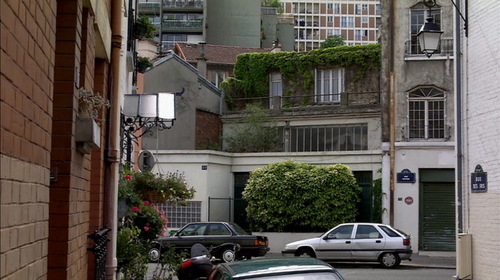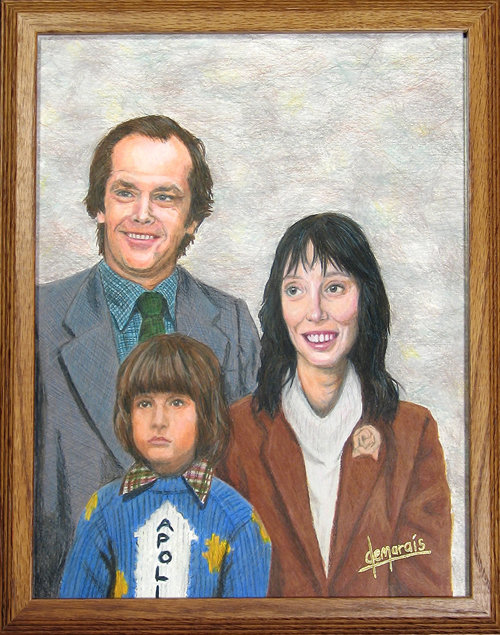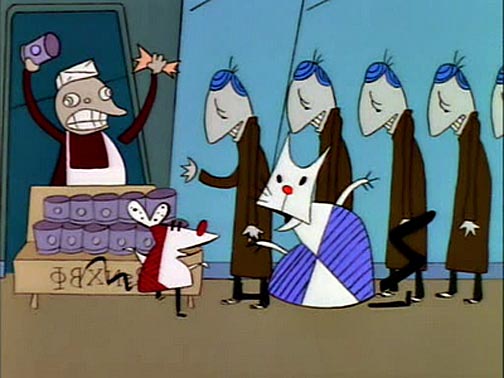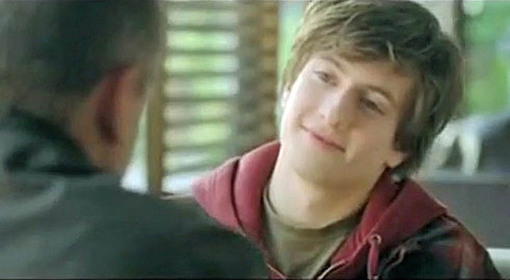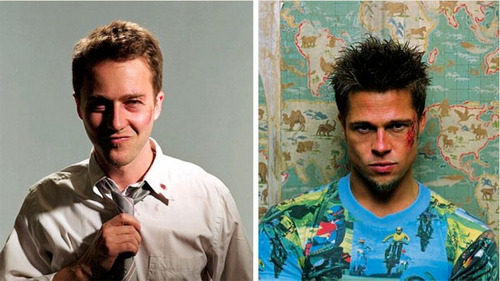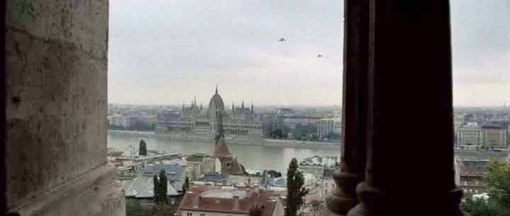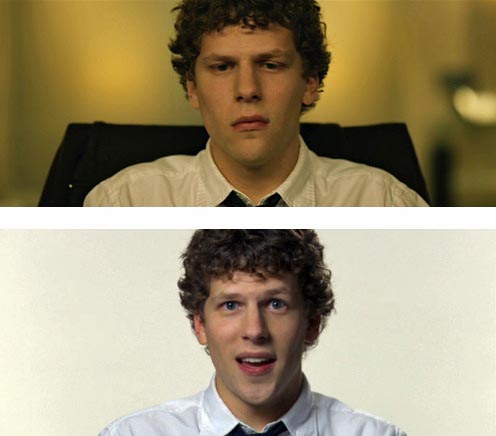Mr. Lazarescu pukes blood strings on his living room rug. He is not at all well.
Critics, filmmakers and pundits have been writing quite a bit over the last few years about what “digital” means for the future of cinema, and about the sorry state of the audience for foreign language films (not just distribution and exhibition, but demand) in the United States in the age of the DVD. Much of this speculative writing has been hopelessly vague and rather dismal — and, in some cases, I don’t think the writers really understand what they’re talking about. But for every dozen “digital doomsday” observations, there’s a concrete insight that’s worth considering.
I’d like to take excerpts from three recent pieces and follow a thread that I think connects them:
David Denby, The New Yorker (January 8, 2007):
In a theatre, you submit to a screen; you want to be mastered by it, not struggle to get cozy with it. Of course, no one will ever be forced to look at movies on a pipsqueak display—at home, most grownups will look at downloaded films on a computer screen, or they’ll transfer them to a big flat-screen TV. Yet the video iPod and other handheld devices are being sold as movie-exhibition spaces, and they certainly will function that way for kids. According to home-entertainment specialists I spoke to in Hollywood, many kids are “platform agnostic”—that is, they will look at movies on any screen at all, large or small.
A.O. Scott, The New York Times (January 21, 2006):The [National Society of Film Critics] vote stands out a bit amid all this welter because its top three choices for best picture of the year were all movies in languages other than English. The third-place finisher was Clint Eastwood’s “Letters From Iwo Jima,” which is in Japanese; the runner-up was “The Death of Mr. Lazarescu,” a Romanian film directed by Cristi Puiu; and the winner, by a narrow margin, was “Pan’s Labyrinth,” Guillermo del Toro’s tale of magic and malevolence in 1940s Spain. [NOTE: Subsequently, the mostly-foreign-language films “Flags of Our Fathers” and “Babel” were nominated for Best Picture Oscars, while “Pan’s Labyrinth” received six nominations, including Best Foreign Language Film.]
The honors bestowed on those three movies, not only by the National Society of Film Critics, might be taken as evidence that foreign films are flourishing…. The movies are out there, more numerous and various than ever before, but the audience — and therefore the box-office returns, and the willingness of distributors to risk even relatively small sums on North American distribution rights — seems to be dwindling and scattering. For every movie that manages to solicit a brief flicker of attention, there are dozens that will be seen only at film festivals or on region-free DVD players.
David Lynch, in his book “Catching the Big Fish: Meditation, Consciousness, and Creativity” (published December 28, 2006): I’m through with film as a medium. For me, film is dead. If you look at what people all over the world are taking still pictures with now, you begin to see what’s going to happen. I’m shooting in digital video now and I love it. […]
How we see films is changing…. A tiny little picture, instead of a giant big picture, is going to be how people see films. And the good news: At least people will have their headphones. Sound will become, I think, even more important…. The whole thing is, when those curtains open up, and the lights go down, we must be able to go into that world. And it many ways, it’s getting very difficult to go into a world. People talk so much in theaters. And there’s a tiny, crummy little picture. How do you get the experience?
I think it’s going to be a bit of a bumpy road. But the possibility is there for very clean pictures — no scratches, no dirt, no water marks, no tearing — and an image that can be controlled in an infinite number of ways. If you take care of how you show a film, it can be a beautiful experience that lets you go into a world. We’re still working out ways for that to happen. But digital is here; the video iPod is here; we’ve just got to get real and go with the flow.
I think Lynch, Scott and Denby are all correct in what they say above. Although elsewhere in his piece, Denby oversells an idealized view of “the theatrical experience” (which “theatrical experience”?) as if all 16mm, 35mm and/or 70mm (or VistaVision or Todd A-O or IMAX) presentations were the same: The Best Of All Possible Ways To See A Movie. The most important thing, as I think all of us would agree, is that the audience feel able to submit to the film. We may fight it, we may be unwilling to go where the film wants to take us, but we should, as Lynch says, be allowed to “go into that world.”
December 14, 2012
